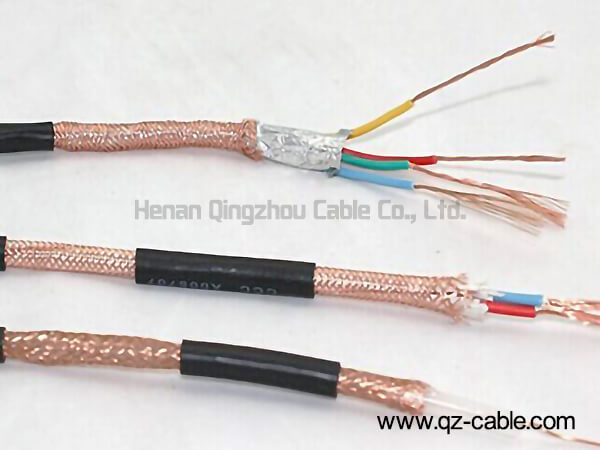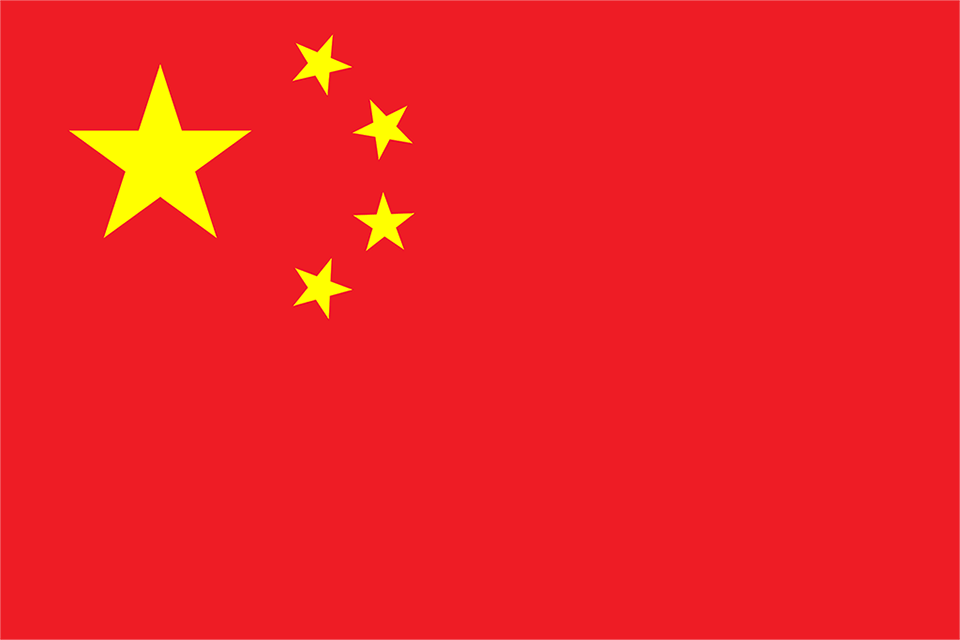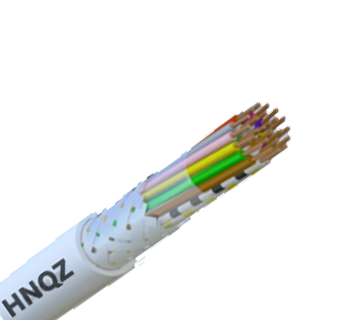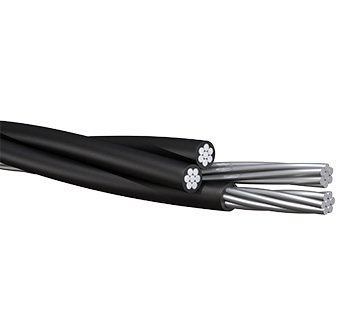Difference between power cable and control cable
The difference between power cable and control cable in use is that the control cable is used to directly transmit electric energy to the power connection line of electric equipment, and the power cable is used for current transmission and distribution of electric energy in the main line. Henan Qingzhou cable manufacturer analyzes the difference between power cable and control cable:

When power cables and control cables of the same specification are produced, the insulation and sheath thickness of power cables are thicker than that of control cables.
Control cables belong to electrical cables, and power cables are two of the eight categories of cables.
The standards are different. In China, the standard of control cable is 9330 and the standard of power cable is gb12706.
With different cross-sectional area specifications, the cross-section of the control cable will generally not exceed 10 square meters. The power cable is mainly used to transmit power, and generally has a large cross-section.
Color difference: the color of the insulated core of the control cable is generally black and printed in white, and the low voltage of the power cable is generally color separated.
The specification range is different. The specification of power cable can generally be large, up to 500 square meters (the range that can be produced by conventional manufacturers). Generally, there are relatively few manufacturers with larger cross-section, while the cross-section of control cable is generally small, and the maximum is generally no more than 10 square meters.
The rated voltage is different. The rated voltage of power cable is generally 0.6/1kv and above, and the control cable is mainly 450 / 750V.
 中文
中文 









